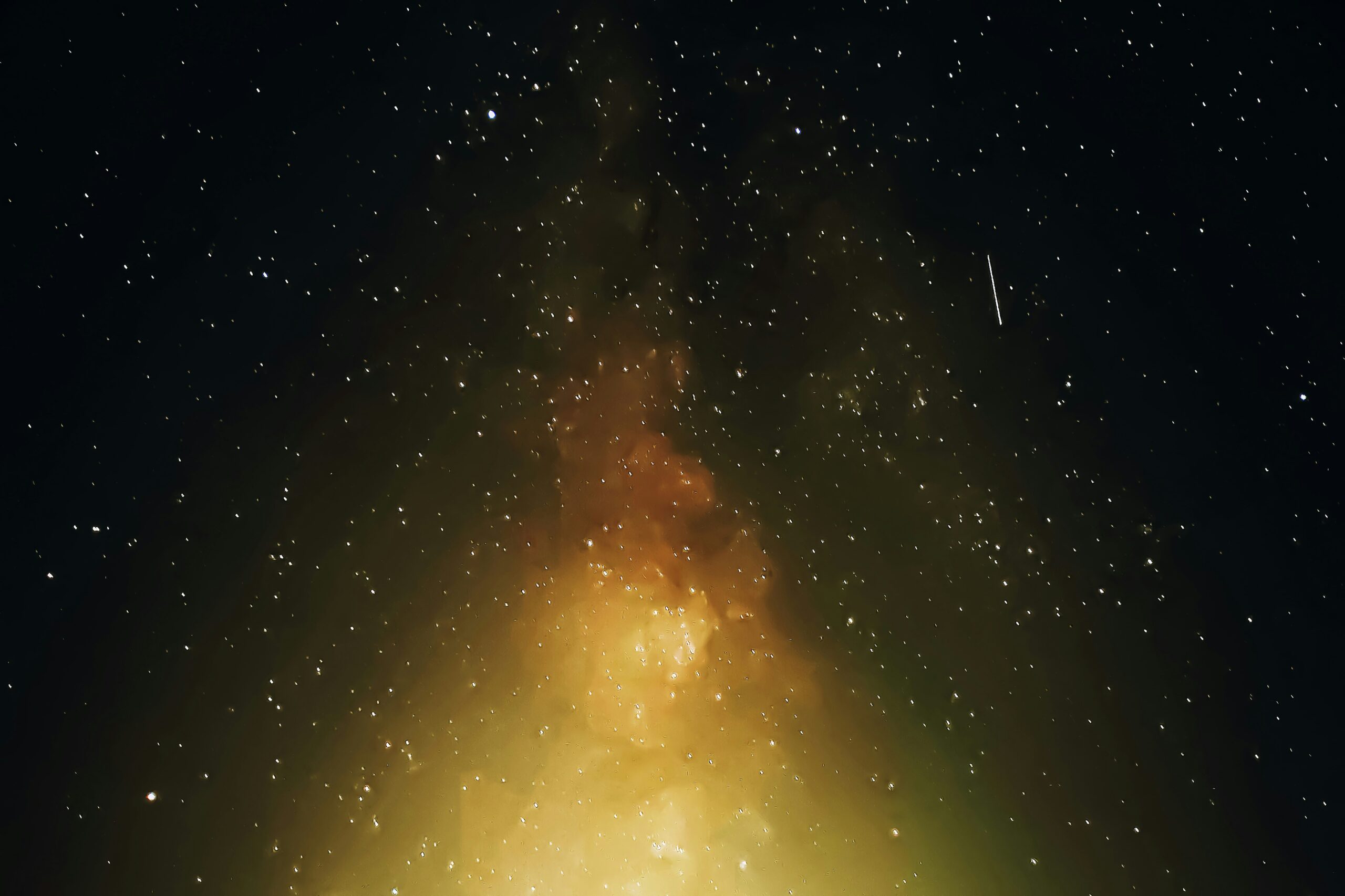November’s Celestial Show: Supermoon, Meteor Shower, and Uranus in View

Credit: Unsplash
November promises a celestial treat for stargazers with a series of remarkable astronomical events lighting up the night sky.
From the last supermoon of the year to a dazzling meteor shower and the chance to spot Uranus with the naked eye, this month offers a prime opportunity for both amateur and seasoned sky-watchers to witness some of the universe’s most captivating phenomena.
November 15: The Final Supermoon – Super Beaver Moon
The Super Beaver Moon, set to appear on November 15, marks the fourth and final supermoon of 2024. Known as the Beaver Moon due to Native American folklore, this full moon typically signifies the time to set beaver traps before winter’s arrival. This year, it holds even more significance, as the moon will appear slightly larger and brighter than usual.
Supermoons occur when the moon is at its closest approach to Earth (perigee) during its full phase. On November 15, it will be about 6.5% larger and nearly 13% brighter than an average full moon, making it a luminous spectacle in the night sky. Whether you’re armed with a telescope or simply looking up from your backyard, this supermoon is expected to be especially captivating. To catch it at its best, try observing it as it rises, when it appears largest near the horizon.
November 17: Leonid Meteor Shower – A Fiery Sky Display
Just two days after the Super Beaver Moon, the annual Leonid meteor shower reaches its peak on November 17. Known for producing some of the brightest meteor displays, the Leonids promise a thrilling spectacle for those who venture out to watch. Originating from the debris trail of Comet Tempel-Tuttle, these meteors seem to radiate from the constellation Leo, hence their name.
Under ideal conditions—clear skies and away from city lights—stargazers might spot up to 10 meteors per hour. However, with the bright full moon only a couple of days past, moonlight could obscure some of the shower’s fainter meteors. Still, the Leonids are known for producing occasional fireballs, which are brighter and longer-lasting meteors, so keep an eye out for these intense bursts as they streak across the night sky. The best time to observe this meteor shower is typically after midnight, when Leo rises higher in the sky.
November 17: Uranus at Opposition – A Rare Naked-Eye Viewing Opportunity
On the same day as the Leonid meteor peak, Uranus reaches opposition, meaning it will be directly opposite the Sun from Earth’s perspective. During this period, Uranus will shine at its brightest, making it possible to spot the distant planet without a telescope. For those eager to catch a glimpse, Uranus will be located in the constellation Taurus and will appear as a faint, blue-green dot in the night sky.
To see Uranus without optical aids, find a location away from artificial light sources, and use a star chart or app to pinpoint its position near bright stars in Taurus. While binoculars or a small telescope will provide a clearer view of Uranus’s distinct color and disk shape, this rare opportunity to view the icy giant unaided should not be missed.
Tips for Viewing
To fully enjoy November’s astronomical events, plan for clear skies, avoid light-polluted areas, and bring along warm clothing, as the cooler temperatures can be challenging during late-night observations. If possible, use a red flashlight to preserve your night vision and allow your eyes to adjust to the dark.
With the Super Beaver Moon, Leonid meteor shower, and Uranus’s opposition, November is set to be a memorable month for night-sky enthusiasts. Whether you’re new to stargazing or a seasoned observer, these events offer a chance to connect with the beauty and mystery of the cosmos. So grab a blanket, find a cozy spot under the stars, and let the universe put on a show.

















